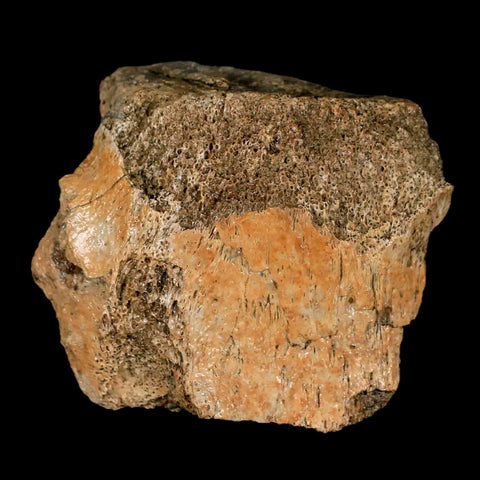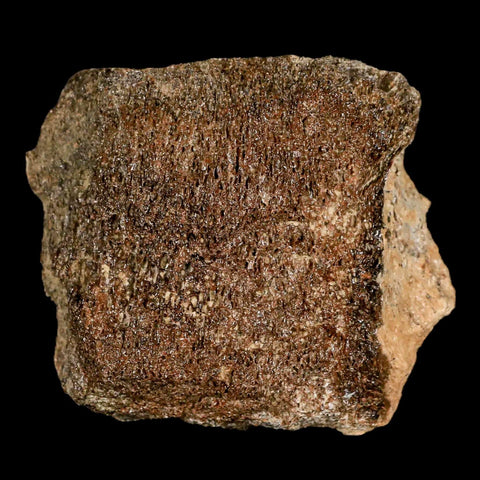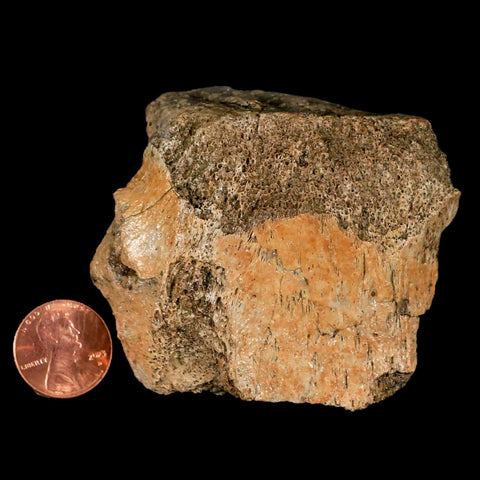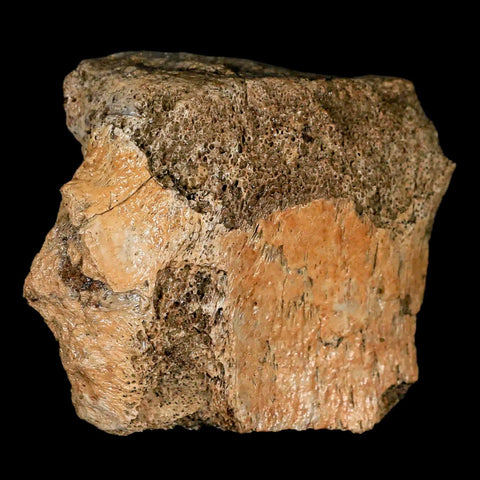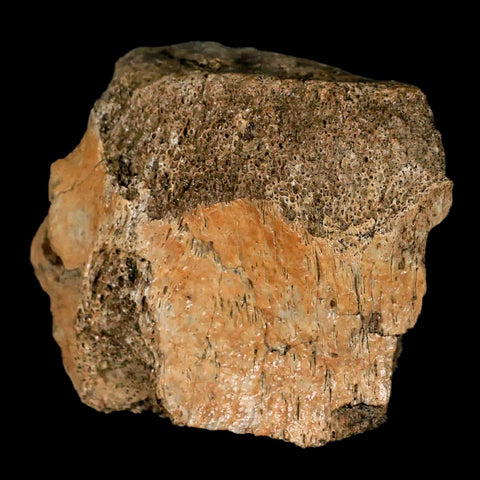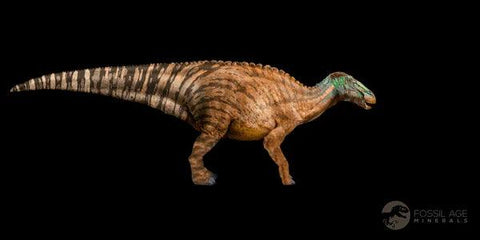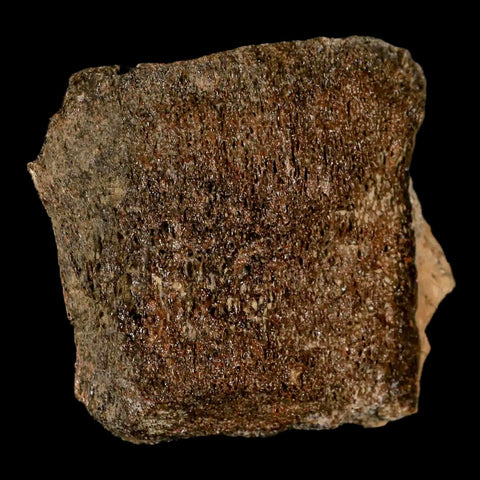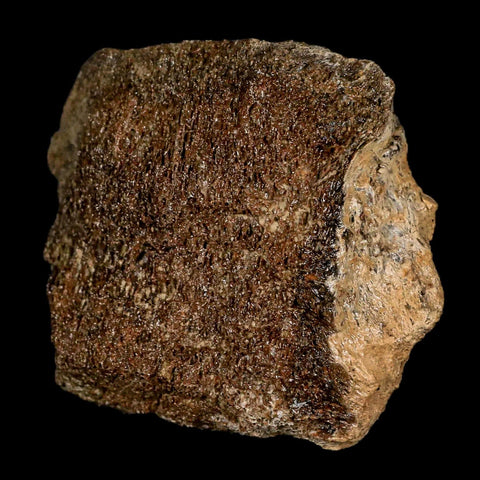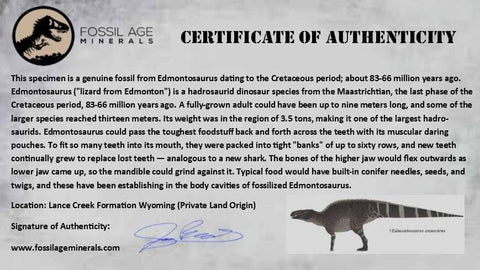2.7" Edmontosaurus Fossil Vertebrae Bone Lance Creek FM Cretaceous Dinosaur WY
Location: Lance Creek Formation, Wyoming (Private Land Origin)
Weight: 3.6 Ounces
Dimensions: 2.7 Inches Long, 2.3 Inches Wide, 1.3 Inches Thick
Comes with a Certificate of Authenticity.
The item pictured is the one you will receive.
This is a genuine fossil.
Edmontosaurus, meaning “lizard from Edmonton,” was a remarkable hadrosaurid dinosaur that roamed North America during the Maastrichtian stage of the Late Cretaceous, around 71–65 million years ago. Adults could reach lengths of nine to thirteen meters and weigh up to 3.5 tonnes, making it one of the largest and most iconic herbivorous dinosaurs of its ecosystem.
This duck-billed dinosaur had a highly efficient feeding system. Its jaws contained up to sixty rows of continuously replaced teeth, paired with muscular cheek pouches to grind tough plant material, including twigs, seeds, and conifer needles. Flexible jaw bones allowed Edmontosaurus to process food thoroughly, enabling it to feed on both ground-level plants and low shrubs, highlighting its adaptability as a versatile herbivore.
Fossil discoveries in Wyoming preserved scaly, leathery skin and tubercles along the back, neck, and tail, giving it a distinctive duck-like appearance. Edmontosaurus was mainly bipedal, but capable of walking on all fours, with forelimbs adapted for support and strong hind limbs for movement. Its low-tilted spine allowed feeding close to the ground while maintaining balance.
While it lacked physical defenses, Edmontosaurus relied on sharp eyesight, keen hearing, and an acute sense of smell to detect predators like large theropods. Its presence in North American Late Cretaceous habitats provides valuable insight into the behavior, feeding strategies, and ecological role of hadrosaurid dinosaurs, emphasizing the importance of duck-billed dinosaurs in prehistoric ecosystems.



